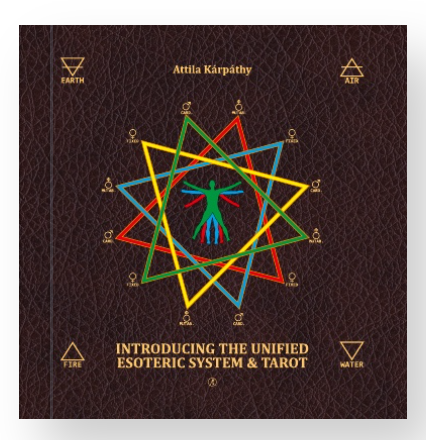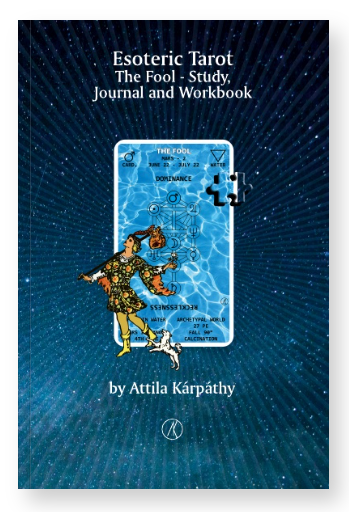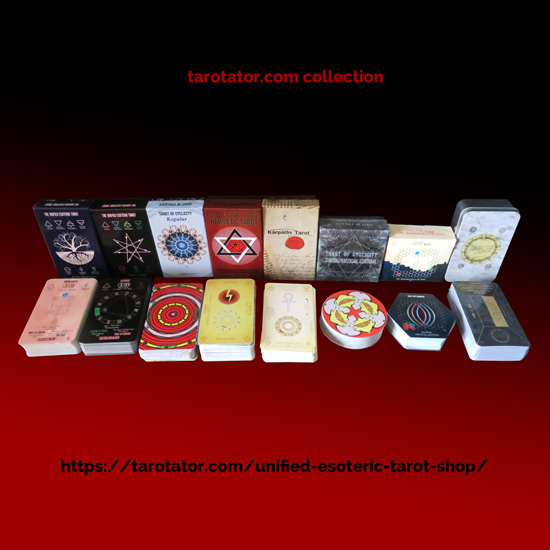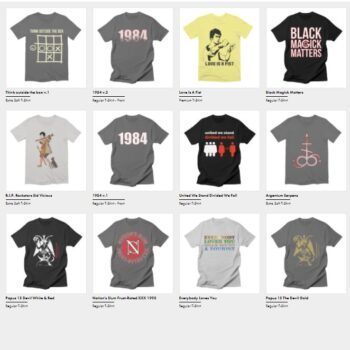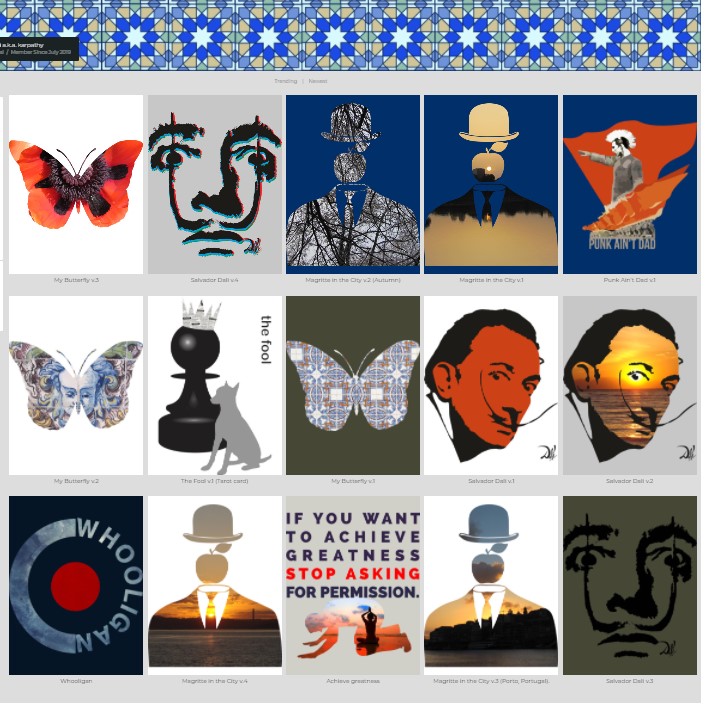 “Blue is a colour, the perception of which is evoked by light having a spectrum dominated by energy with a wavelength of roughly 440–490 nm and on the frequency ~680–610 THz. It is considered one of the additive primary colours. On the HSV Colour Wheel, the complement of blue is yellow; that is, a colour corresponding to an equal mixture of red and green light. On a colour wheel based on traditional colour theory (RYB) where blue was considered a primary colour, its complementary colour is considered to be orange (based on the Munsell colour wheel).The English language commonly uses “blue” to refer to any colour from navy blue to cyan. The word itself is derived from the Old French word bleu.
“Blue is a colour, the perception of which is evoked by light having a spectrum dominated by energy with a wavelength of roughly 440–490 nm and on the frequency ~680–610 THz. It is considered one of the additive primary colours. On the HSV Colour Wheel, the complement of blue is yellow; that is, a colour corresponding to an equal mixture of red and green light. On a colour wheel based on traditional colour theory (RYB) where blue was considered a primary colour, its complementary colour is considered to be orange (based on the Munsell colour wheel).The English language commonly uses “blue” to refer to any colour from navy blue to cyan. The word itself is derived from the Old French word bleu.
In English, blue often represents the human emotion of sadness, for example, “He was feeling blue”. In German, on the other hand, to be “blue” (blau sein) is to be drunk. This derives from the ancient use of urine (which is produced copiously by the human body after drinking alcohol) in dyeing cloth blue with woad or indigo. It may also be in relation to rain, which is usually regarded as a trigger of depressive emotions.
Conversely blue, a very popular colour can represent happiness and optimism as days with clearer, blue skies tend to be considered times where these emotions are more easily expressed.
Blue is commonly used in the Western hemisphere to symbolize the male gender in contrast to pink used for females, although in the early 1900s, blue was the colour for girls (as it had traditionally been the colour of the Virgin Mary in Western Art) and pink was for boys (as it was akin to the colour red, considered a masculine colour.
Blue is associated in Christianity generally and Catholicism in particular, with the Virgin Mary.
Blue in Hinduism: Many of the gods are depicted as having blue-coloured skin, particularly those associated with Vishnu, who is said to be the Preserver of the world and thus intimately connected to water. Krishna and Ram, Vishnu’s avatars, are usually blue. Shiva, the Destroyer, is also depicted in light blue tones and is called neela kantha, or blue-throated, for having swallowed poison in an attempt to turn the tide of a battle between the gods and demons in the gods’ favour.” (Wikipedia)
I hate the blues, but I love the blue. I like much Picasso’s Blue Period: 1901–1904. I had my own blue periods. And probably from time to time blue will return in my life and paintings. Playing music since 1987 and painting from some time before, painting on classic pick-up records (vinyls) came natural.











